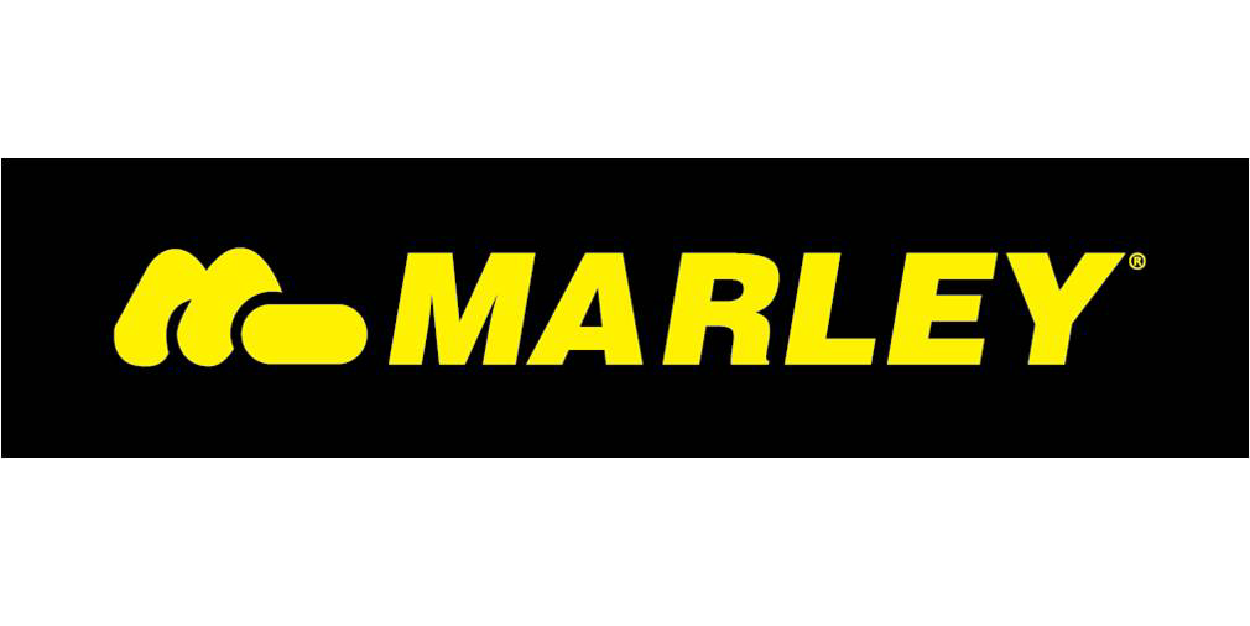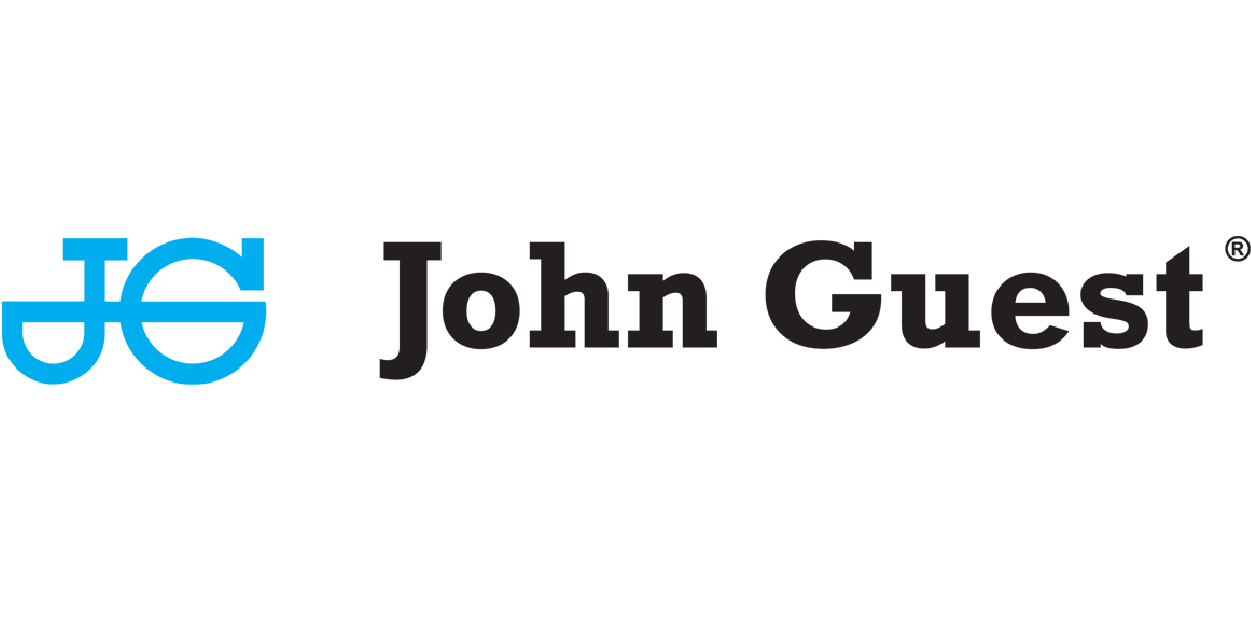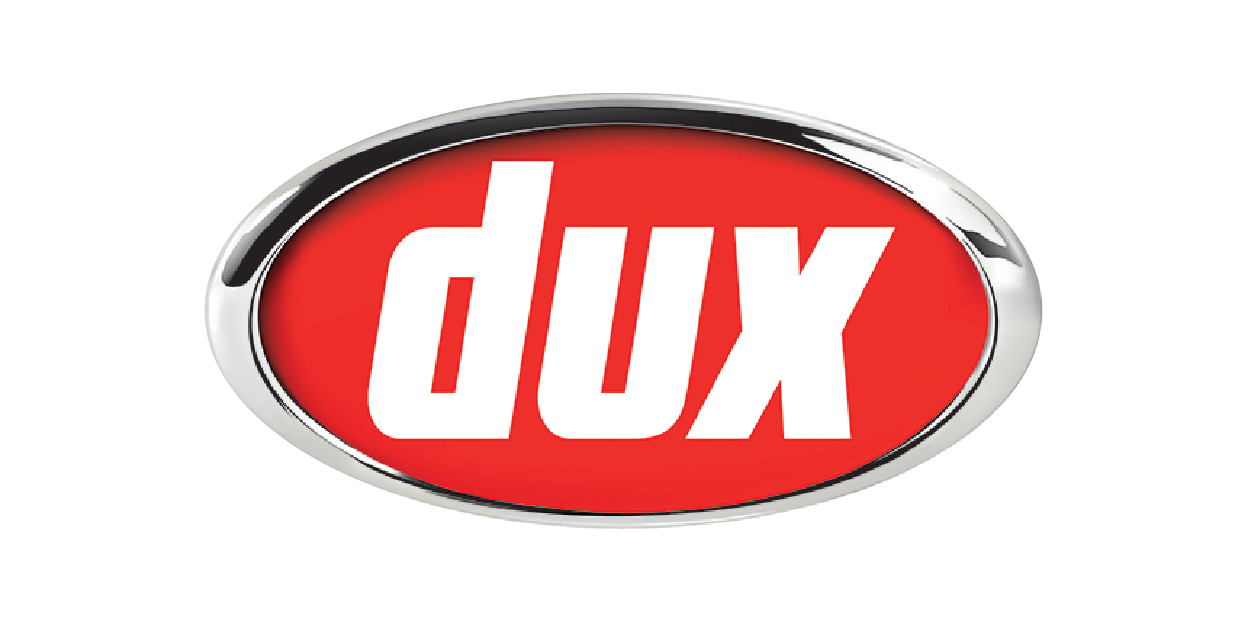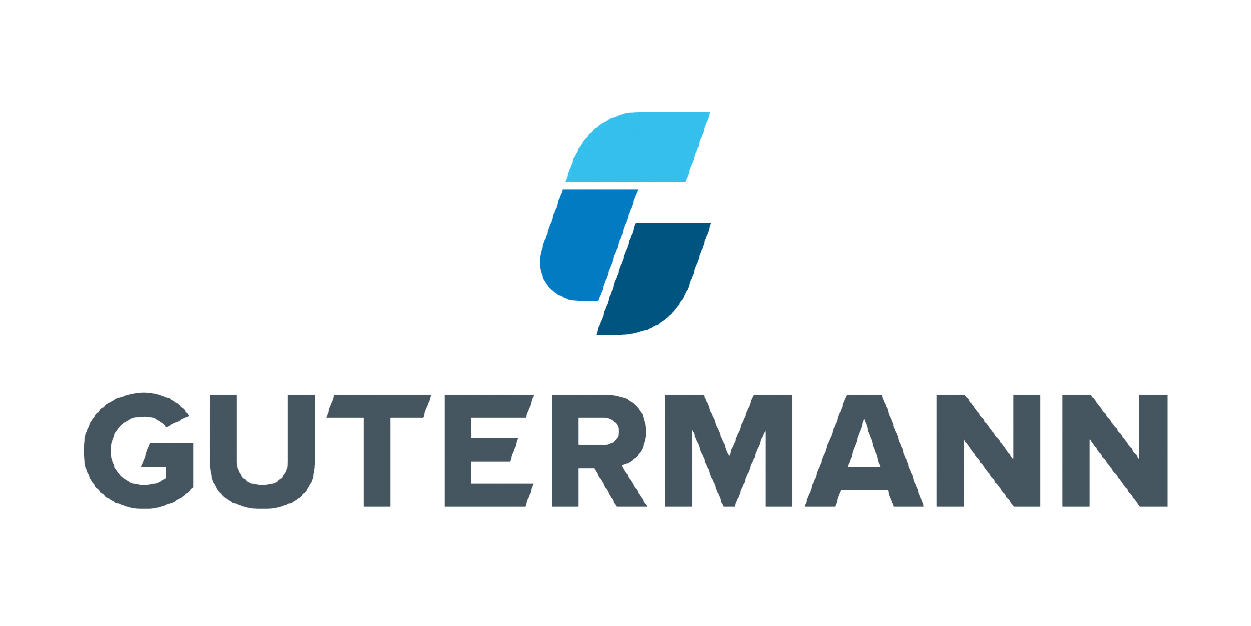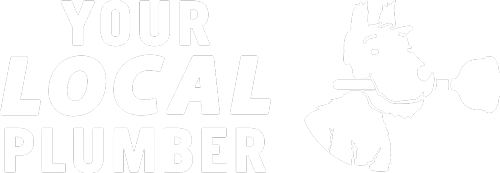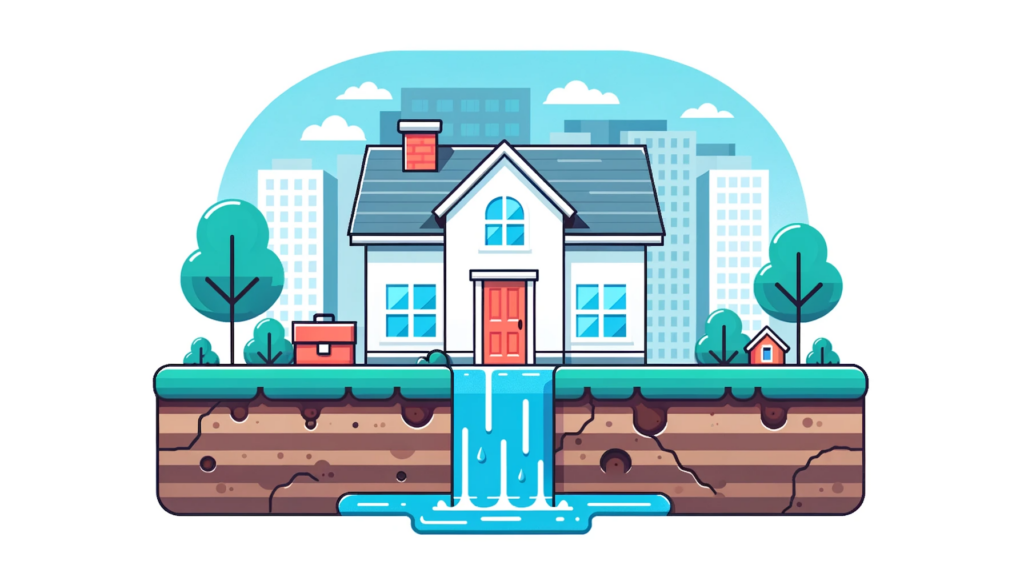
Call Today 09 973 4973 or
Detecting and managing leaks in large buildings and facilities is a complex task requiring a proactive and comprehensive approach. Large commercial and industrial structures have intricate plumbing systems, HVAC installations, and other water-related infrastructure that pose a considerable challenge when it comes to identifying and fixing leaks. Despite the complexity, this task is crucial to minimize water wastage, protect the building’s structural integrity, reduce disruption of activities, and save costs.
The Challenge of Leak Detection in Large Facilities
Large buildings such as offices, hospitals, malls, and schools often have extensive and complex plumbing systems, making it difficult to detect leaks. These leaks can occur anywhere, from the supply line entering the building to the numerous water outlets spread throughout the facility. If not detected and repaired promptly, leaks can cause significant damage to the building structure and increase water bills.
Importance of Routine Leak Detection
Regular leak detection is essential in large facilities. Even minor leaks, if left unattended, can lead to significant water loss over time, leading to increased water bills. More significantly, these leaks can cause structural damage to the building, causing more serious and costly issues. Therefore, it’s crucial to conduct routine checks and inspections to detect and fix leaks promptly.
Leak Detection Technologies
There are numerous technologies used to detect leaks in large facilities. Acoustic leak detection uses the sound generated by a leak in pressurized pipes to identify its location. Infrared thermography can identify temperature differences caused by leaks behind walls or under floors. Video pipe inspections allow for a direct visual examination of the interior of plumbing systems, while tracer gases can be used to identify leaks in non-pressurized systems.
Implementing a Leak Detection Plan
For effective leak detection in large buildings and facilities, a comprehensive leak detection plan should be implemented. This plan should include routine checks and inspections, use of appropriate leak detection technologies, training of maintenance staff, and prompt repair of detected leaks. Furthermore, the plan should be reviewed and updated regularly to ensure its continued effectiveness.
Role of Professional Leak Detection Services
Given the complexity of large facilities’ plumbing and water systems, professional leak detection services are often essential. These services have the necessary expertise, experience, and equipment to detect leaks effectively and efficiently. They can also provide valuable advice on implementing a comprehensive leak detection plan.
Suppliers
